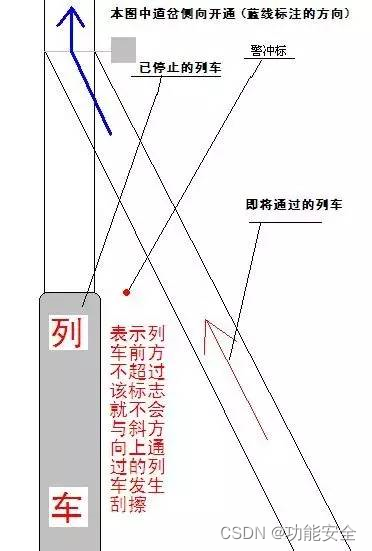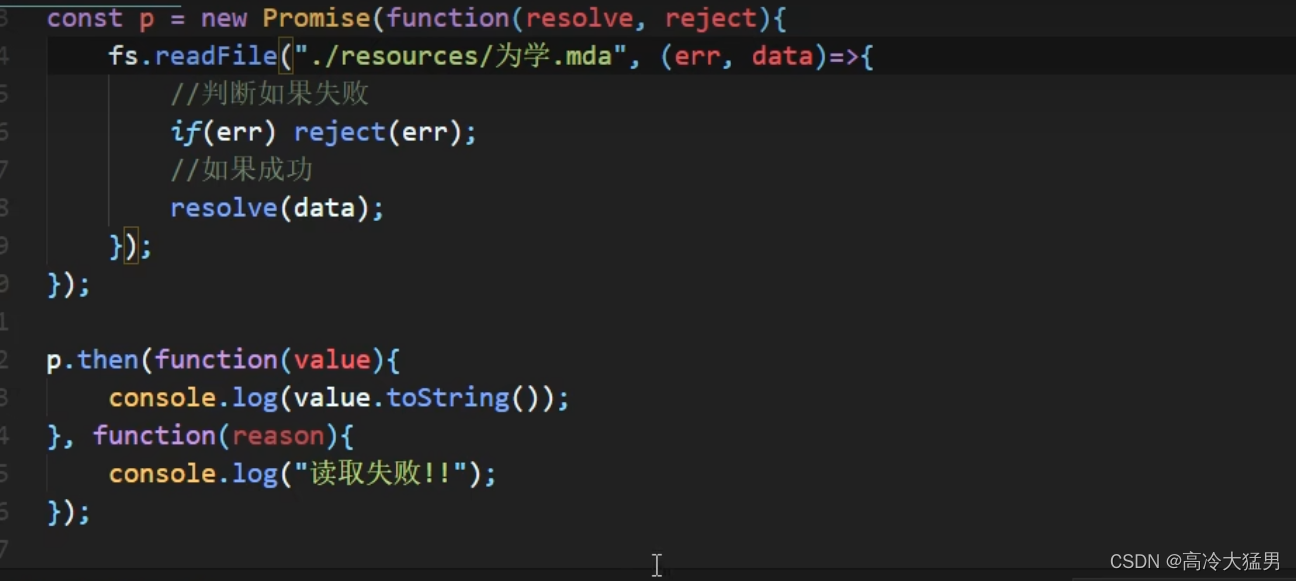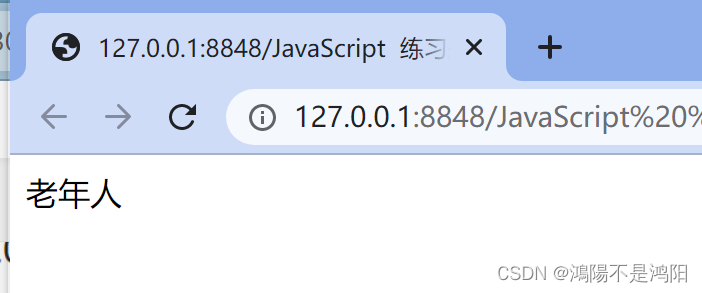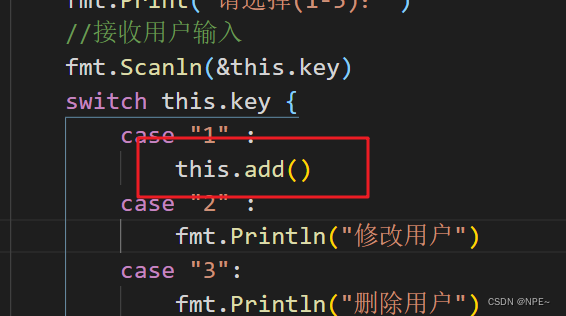目录
1、概念
2、优点
3、泛型使用实例
4、泛型使用细节
5、自定义泛型类
6、自定义泛型接口
7、自定义泛型方法
1、概念
Java泛型是JDK1.5中引⼊的⼀个新特性,其本质是参数化类型,把类型作为参数传递。 常⻅形式有泛型类、泛型接⼝、泛型⽅法。
2、优点
1)编译时,检查添加元素的类型,提高了安全性
2)减少了类型转换次数,提高了效率
public class Test {public static void main(String[] args) {ArrayList<Dog> arrayList = new ArrayList<>();arrayList.add(new Dog("贝贝",5));arrayList.add(new Dog("乐乐",3));arrayList.add(new Dog("小黑",4));//arrayList.add(new Cat("贝贝",5)); 错误for (Dog dog : arrayList) {System.out.println(dog.getName()+"-"+dog.getAge());}}
}
3、泛型使用实例
public class Test {public static void main(String[] args) {HashSet<Student> hashSet = new HashSet<>();hashSet.add(new Student("张三",22));hashSet.add(new Student("李四",23));hashSet.add(new Student("王五",24));
//遍历for (Student student : hashSet) {System.out.println(student);}//使用泛型方式给HashMap放入三个学生对象HashMap<String, Student> hashMap = new HashMap<>();hashMap.put("Tom",new Student("Tom",22));hashMap.put("Jack",new Student("Jack",23));hashMap.put("Smith",new Student("Smith",24));
//迭代器 entrySetSet<Map.Entry<String, Student>> entrySet = hashMap.entrySet();Iterator<Map.Entry<String, Student>> iterator = entrySet.iterator();System.out.println("===========================");while (iterator.hasNext()) {Map.Entry<String, Student> next = iterator.next();System.out.println(next.getKey()+"-"+next.getValue());}}
}
4、泛型使用细节
1)interface List<T>{},public class HashSet<E>{}...等等
T、E只能是引用类型
ArrayList<Integer> list1 = new ArrayList<>(); //正确 ArrayList<int> list2 = new ArrayList<int>(); //错误
2)在给泛型指定具体类型后,可以传入该类型或者其子类类型
public class Demo03 {public static void main(String[] args) {//因为E制定了A类型,构造器传入了new A//在给泛型指定具体类型后,可以传入该类型或者其子类类型Pig<A> pig = new Pig<A>(new A());Pig<A> pig1 = new Pig<A>(new B());}
}
class A{}
class B extends A{}
class Pig<E>{E e;public Pig(E e) {this.e = e;}
}
3)在实际开发中,我们往往简写
ArrayList<Integer> list = new ArrayList<Integer>(); //简写 ArrayList<Integer> list1 = new ArrayList<>();
5、自定义泛型类
注意细节:
1)普通成员可以使用泛型
public class AA<T,R> {T t;R r;
}
2)使用泛型的数组,不能初始化
public class AA<T,R> {T t;R r;T[] ts;//T[] ts =new T[4]; 不能初始化
}
3)静态方法中不能使用类的泛型
//因为静态时和类相关,在类加载时,对象还没创建,所以静态属性和静态方法使用了泛型,JVM就无法完成初始化
// static R r2;
// public static void m(T t){}
4)泛型类的类型是在创建对象时确定的
5)如果创建对象时没有指定类型,默认为Object
6、自定义泛型接口
注意细节:
1)接口中,静态成员也不能使用泛型
2)泛型接口的类型,在继承接口或实现接口时确定
3)没有指定类型,默认为Object
public interface IUsb<U,R> {int n=10;//U name; 不能这样使用,静态成员不能使用泛型//普通方法,可以使用接口泛型U get(U u);void hi(R r);void run(R r1,R r2,U u1,U u2);//在JDK8中,可以在接口中,使用默认方法,也是可以使用泛型default R method(U u){return null;}
}
public interface IA extends IUsb<String, Double> {
}
public class AA implements IA {//当我们去实现IA接口时,因为IA在继承IUsb接口时,制定了U为String,R为Double//在实现IUsb接口的方法时,使用String替换U,Double替换R@Overridepublic String get(String s) {return null;}
@Overridepublic void hi(Double aDouble) {
}
@Overridepublic void run(Double r1, Double r2, String u1, String u2) {
}
}
7、自定义泛型方法
注意细节:
1)泛型方法,可以定义在普通类中,也可以定义在泛型类中
class Car{//普通类public void run(){//普通方法
}public<T,R> void fly(T t,R r){//泛型方法
}
}
class fish<T,R>{//泛型类public void run(){
}public <U,M>void eat(U u, M m){
}
}
2)当泛型方法被调用时,类型会确定
public class Test {public static void main(String[] args) {Car car = new Car();//当调用方法时,传入参数,编译器就会确定类型car.fly("宝马",100);}
}
3) public void swim(T t){}不是泛型方法,而是使用了类声明的泛型。







